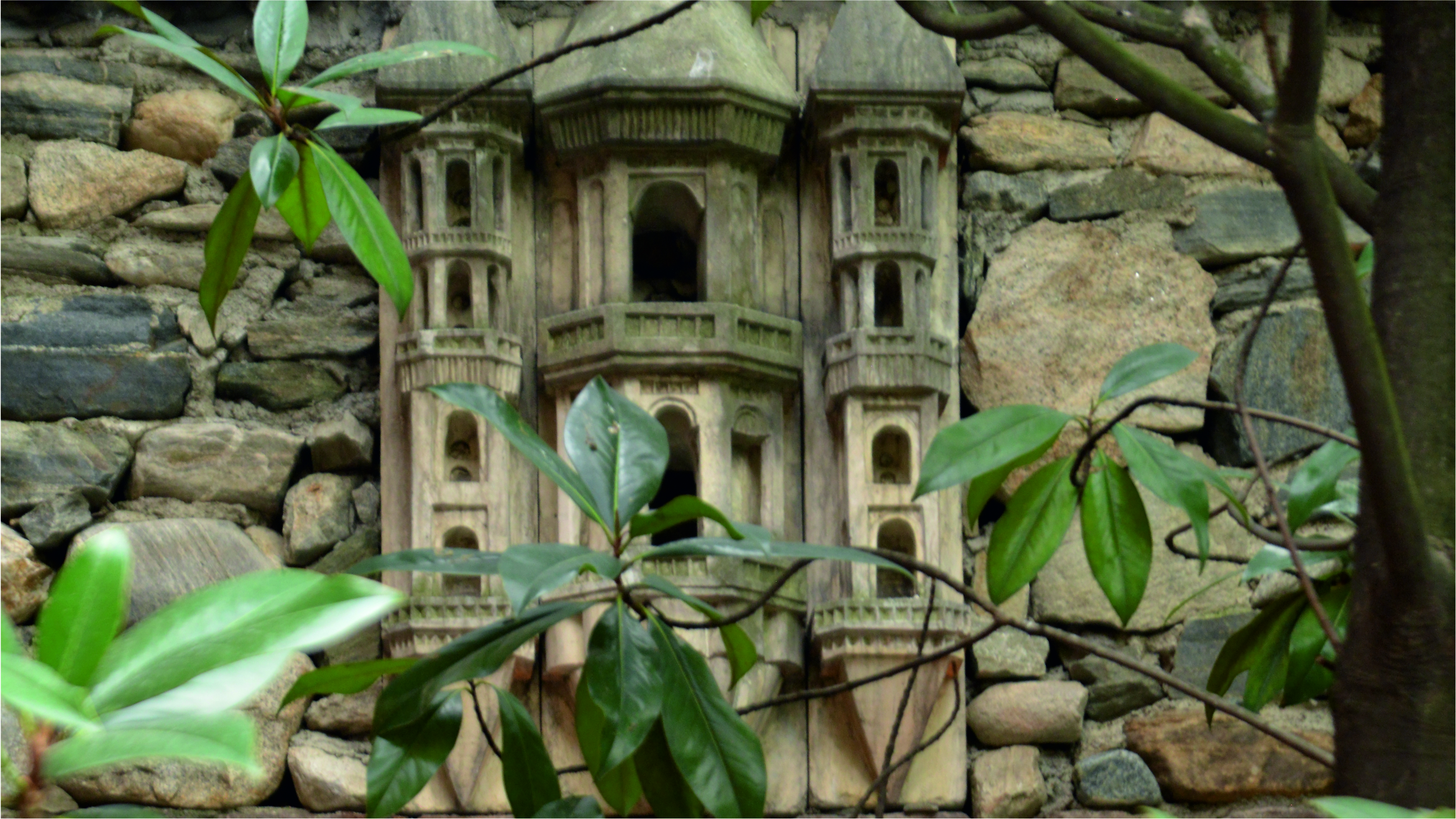
The Ottoman Empire`s miniature palaces, designed as bird shelters, began appearing in Ottoman architecture from the 16th century onward. These tiny homes, which reflected the Ottomans` love for animals, were typically placed on the façades of buildings. Unfortunately, modern constructions no longer incorporate birdhouses, despite them being one of the most significant proofs of Turkish society’s affection for animals. Many foreign travelers mentioned this kindness in their writings, also noting the Turks` concern for animals.
In his travelogue that includes Türkiye, Jean de Thévenot remarked, “Their benevolence extends even to animals, including birds. Every day, many people go to markets to buy birds and release them. They believe that, on the Day of Judgment, these birds’ souls will testify to their kindness before God.”
Similarly, Helmuth von Moltke wrote in "Letters on Türkiye" that Turks demonstrated their charity even toward animals. He mentioned the existence of a cat hospital in Üsküdar and a pigeon care area in the courtyard of the Bayezid Mosque. He continued, “Many tombstones are carved with basins underneath, allowing rainwater to collect so that dogs and birds can quench their thirst during hot summer days. This serves as a small-scale charitable kitchen. Muslims believe that the gratitude of animals will bring blessings to people.” Another foreign traveler, Gérard de Nerval, described in his book Voyage en Orient the wooden, console-shaped birdhouses he saw in Istanbul.
Birdhouses were typically constructed on the upper parts of buildings, often on façades sheltered from harsh winds, at heights unreachable by people and animals. Most were made of stone or wood, with a few built from brick. They could be found throughout Anatolia and Rumelia—in places such as Kayseri, Amasya, Tokat, Niğde, Antakya, İzmir, Bolu, Kırklareli, Tekirdağ, Edirne, Plovdiv, and Tarnovo—but Istanbul held the most remarkable examples. Unfortunately, many have disappeared due to fires and earthquakes. The few that remain today tend to be those integrated into stone structures.
Your question about why this delicate tradition of kindness has faded in modern Türkiye is certainly valid. But why do we always wait for others to take the first step?